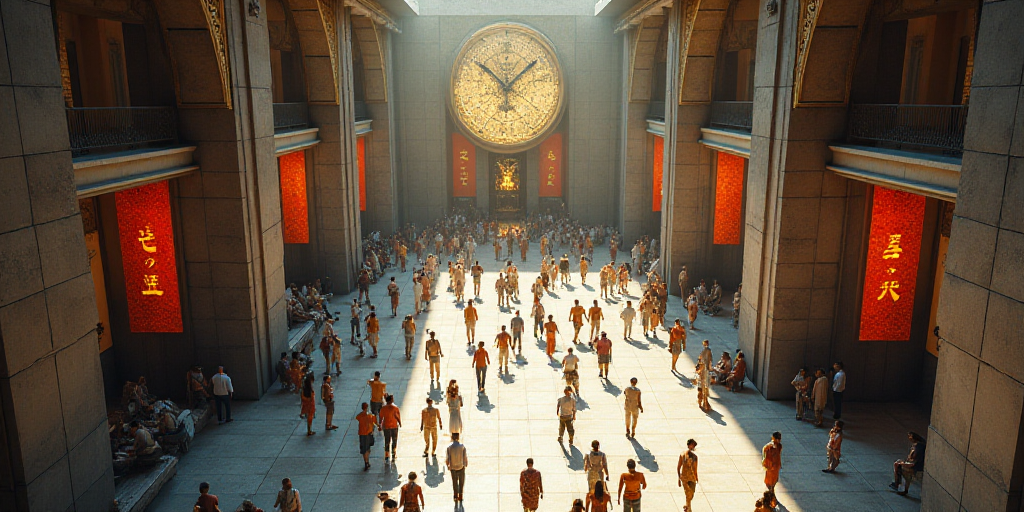Introduction
The Covid-19 pandemic has significantly transformed shopping centers in Mexico and Latin America, turning them into gathering places, entertainment hubs, and experiential destinations beyond mere shopping.
The Evolving Retail Landscape
Currently, the primary challenge for these centers is to attract visitors with a diverse offering that goes beyond simple consumption.
According to the Association of Real Estate Developers (ADI), over 162,000 square meters of commercial real estate space is expected to be added in Mexico by 2025. Arturo Bañuelos, Director of Projects and Developments at JLL Latin America, emphasized the importance of reinventing these properties to remain relevant.
“People no longer seek just a shopping center; they look for activities and experiences to complement their purchases. This redefines the use and type of retail spaces,” Bañuelos explained.
Mixed-Use Developments on the Rise
One of the most visible changes is the surge in mixed-use projects that integrate commercial spaces with offices, residential areas, hotels, and recreational facilities. JLL reports that approximately 95% of new retail developments in Mexico are part of a mixed-use scheme.
“If a project is well-planned and analyzed, it becomes an extremely attractive proposition. Flexibility is key: today, a building must be able to transform from residential to office space and back,” Bañuelos added.
New Anchors: Entertainment and Gastronomy
The primary attractions for drawing visitors are no longer standalone stores alone. Instead, sectors like entertainment, culinary offerings, gyms, and wellness centers have gained prominence as essential components of the new shopping experience.
Another relevant factor is the coexistence with pets, as users increasingly demand pet-friendly spaces. Consequently, developments must adapt to these changing expectations.
Pricing Impact
Despite external factors such as inflation or global economic uncertainty, the industry has shown resilience. Bañuelos noted that while the population has had to adjust consumption and purchasing power, the desire for leisure remains steadfast.
In this context, geopolitical conflicts and tariff changes, such as those announced by the United States, have yet to show significant impact on retail. However, they remain latent risks that developers and property owners must monitor.
“Due to inflation and economic difficulties, people may have less purchasing power, but they still crave entertainment. This sector continues to evolve; we must stay vigilant for any changes that may occur,” Bañuelos said.
Key Questions and Answers
- What changes have shopping centers undergone due to the Covid-19 pandemic? Shopping centers have transformed into gathering places, entertainment hubs, and experiential destinations beyond mere shopping.
- What percentage of new retail developments in Mexico are mixed-use projects? Approximately 95% of new retail developments in Mexico are part of a mixed-use scheme, according to JLL.
- What new components have gained prominence in the retail experience? Entertainment, culinary offerings, gyms, and wellness centers have become essential components of the new shopping experience.
- How has inflation affected retail developments? While inflation and economic difficulties may reduce purchasing power, the demand for entertainment and leisure remains strong.
- What geopolitical risks should developers and property owners monitor? Geopolitical conflicts and tariff changes, such as those announced by the United States, remain latent risks that developers and property owners must monitor.






